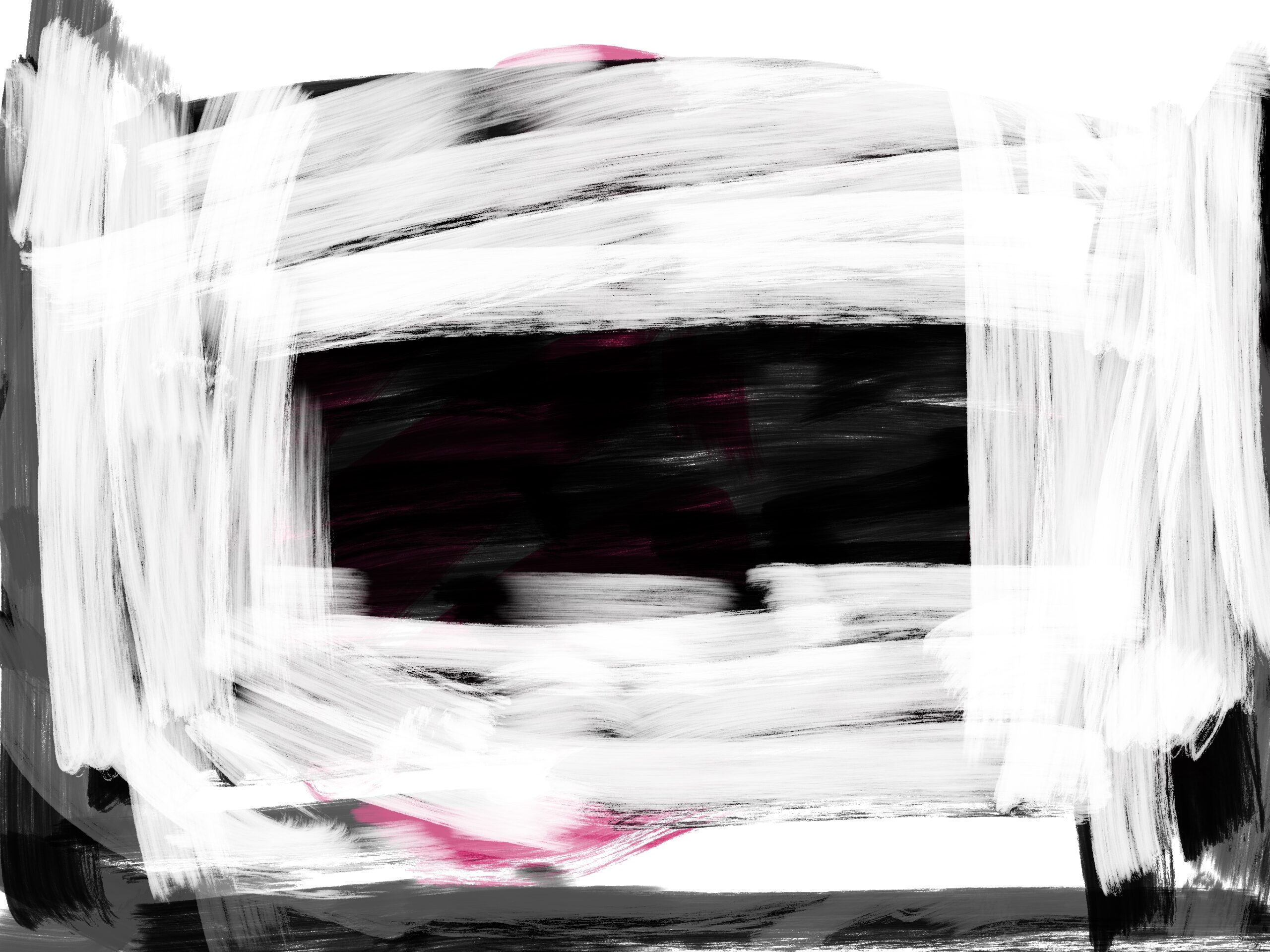Introduction
From February 1, 2021 to May 17, 2021, I have been studying in communication Design for three and a half months. This blog will record my learning experience and thinking.
D – Describe objectively what happened.
In this module, I learned the most important things were the concept of user-centered design and the design process being conducted in an iterative manner. During this semester, I had completed four projects and 10 blogs. Our main task is to build user models and produce low or high-fidelity models through research (usability testing, interview, questionnaire, ethnographic research, etc.),the whole process follows the 5C model. The themes of these projects are my way, everyday people, rain later, and conscious consumption. Besides, we needed to build our own website to publish blogs and projects, the content of each blog showed our understanding of what we have learned.
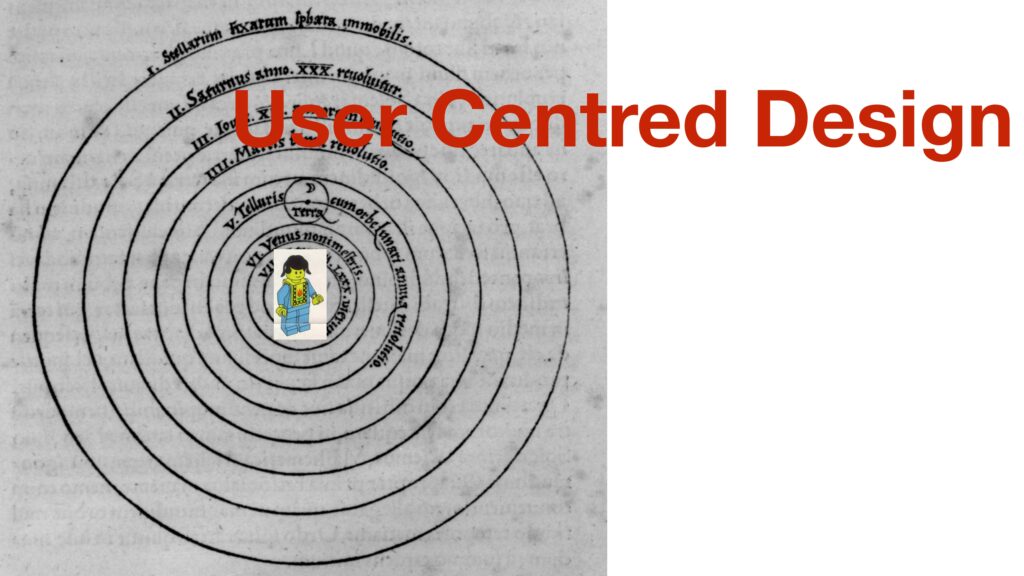
Resource:Andy Lapham’s PPT
Each of these tasks, with specific requirements and goals, imparts knowledge to us in a step-by-step manner and guides the development of projects. From having no concept of interaction design at the beginning to being able to apply relevant theories to practice, I think this is my progress during this period. In the course, the professor taught us some theoretical knowledge about design methods and design thinking in the field of interaction design. And in the weekly blog tasks, each brief contains reference materials on theoretical knowledge for us to study. which could help us improve our knowledge system. In this way, I have my own unique perspectives about the interaction design. These theoretical thoughts could supplement and expand the ongoing projects. Every time I thought I was well on my way to the task, weekly tutorials and theory classes would gave me the feeling that you were not doing enough, such as what is your insight? Where is the touch point of your target users? , etc. These questions always made me rethink the meaning of my design concept and purpose. How to apply these theories to my own practice and find out what the users really need is the most difficult part for me. In addition, in the process of the project, following the method of design iteration to consider my own design, paying attention to user experience and design with the human-oriented design concept. How to combine these ideas and apply them to the design is also a challenge that I have to face.
I – Interpret the events.
Whether in the process of research or the production of design results, user experience as the center is the primary purpose of all my projects. Since I majored in visual communication design before, I was only focused on the final result in my previous practice, how to express my intention to the readers was my primary goal. However, the change in my major has also changed my design thinking. In interaction design, I realized that by focusing on the needs of users and looking for user’s pain points, the product could be closer to users.
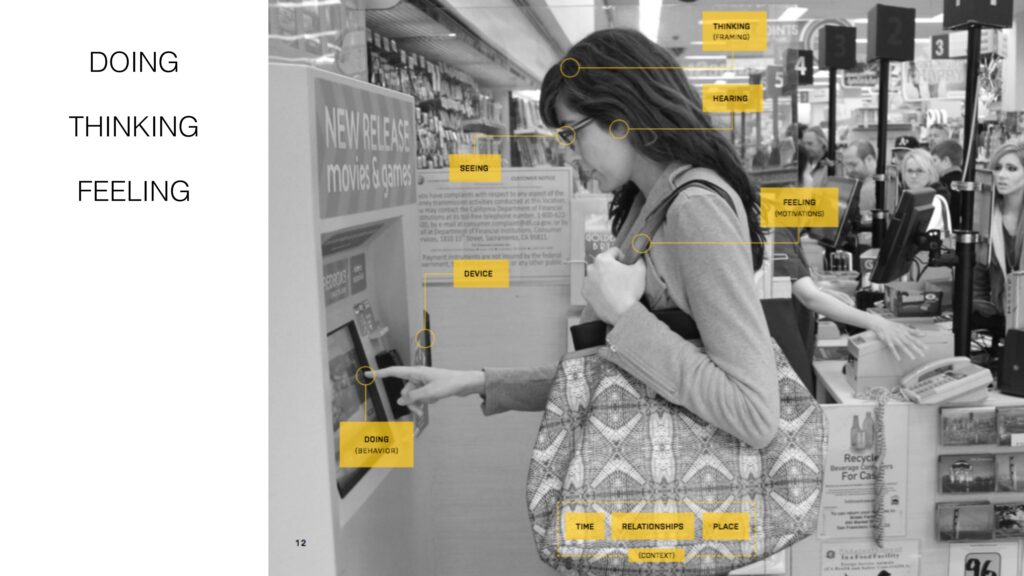
Resource:Andy Lapham’s PPT
The lack of design thinking (user-centered design) in the design of new interventions and system processes in the health care system has resulted in products not being used (Altman et al., 2018). Therefore, good interaction design needs to focus on users, follow users’ habits, test the product with users, get feedback, and keep iterating. On the one hand, since the design should be people-oriented, it also requires designers to have strong empathy, thinking from the perspective of users. For example, in the third project, my target user was cyclist and motorcycle rider. Actually, I did not have any idea about cycling. I chose a day to interview the target user group and ride a bike with them to record their feelings. By engaging with them, the distance could be pulled between the designer and the user and got to understand their real thoughts. On the other hand, insight determines the depth and breadth of project research. I found that the progress of my project was always slower than that of my classmates. The main reason was that I did not find a way to plucking the insights. After reading Rick Swette’s(2017) blog, I gained inspiration. To sum up, I believe that empathy and insight are two important factors in user-centered design.
E – Evaluate the effectiveness and usefulness of the experience.
The main advantage of taking the user as the center is that the information obtained in the research process can be clearly sorted out and the core needs of users can be extracted. Taking the user as the core could make me more logical when creating interactive interfaces. I suppose people-oriented is not only an idea but also a way of thinking, which could help my practice more meaningful. At the same time, as an interaction designer, we need to think about the user’s psychology from a different perspective. This also requires me to explore different fields and keep learning to enrich myself. In the study and practice of this semester, I not only learned a lot of theoretical knowledge about interaction design. I also gained some experience in media technology, for example, the production of the interactive interface, the establishment of the website. This enhances my skills and is what I want to learn when I choose this major.
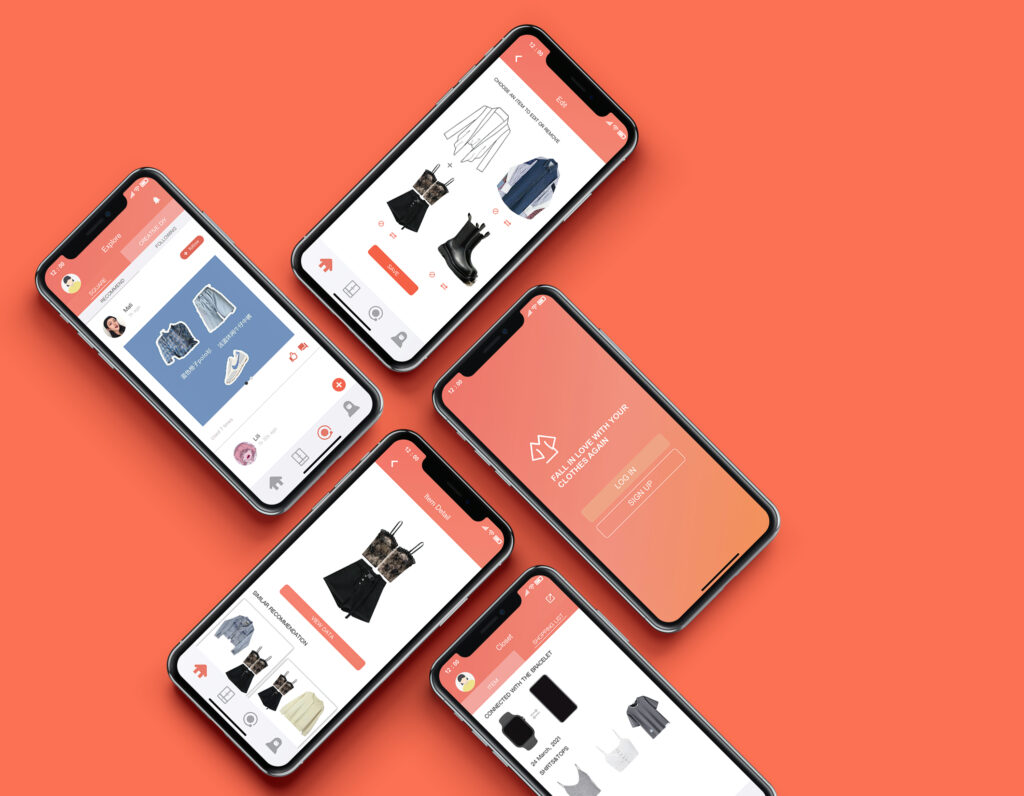
As for the performance of this semester, in general, it did not meet my expectations. Firstly, at the beginning of the semester, I did not get into the groove quickly. The online class mode and the different education modes of the two countries brought great pressure to me, and I often fell into a confusing situation, I even had no idea how to start the project. Secondly, I did not put more time into studying. Due to the epidemic, the life pattern formed during the holiday lasted for a period of time after school started, which was not what I expected. Finally, in the tutorial, due to my own language ability, I could not express my ideas easily, the communication was not as good as I expected, and the thinking about insight needs to be enhanced. I am very grateful that the study during this period has made me realize my shortcomings in many aspects again, which has also brought me great motivation to make changes and provided me with opportunities to become more excellent. After a semester of learning and adaptation, I hope I could make progress in the performance of learning tasks in the next semester.
P – Plan how this information will be useful to you.
User-centered and iterative design methods are very important to me in the field of interaction design. By the end of this semester, I have mastered basic theoretical knowledge and practical methods, which will be a guide for my future career planning. My future career plan is to be a product manager, product managers need to be more rigorous in thinking and logic. When facing products, they need to make them conform to user goals and business goals. so I need to combine the user-centered product concept with theory and practice, which will help me in my future career. In addition, In addition, the iterative design process also allows me to adjust my ideas in time. Mujumdar and Maheswari (2018) insist that the process of design iteration has an inherent role for project planners, design iteration is inevitable, and has the role of inspiration and warning to designers. Each new iteration provided a large number of behaviors and functions to test, which gave us more data to improve our prototype again before we could go back to testing, feedback, and loop through the process. Iteration in design is also a process of constantly improving the user experience to prevent designers from wasting time and effort on useless features.
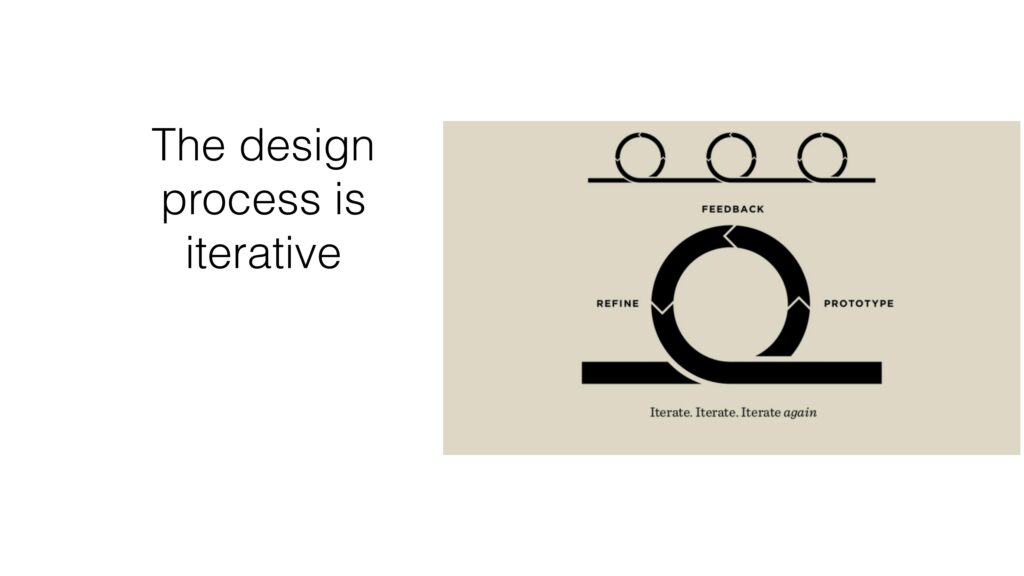
Resource:Andy Lapham’s PPT
Through a semester of study, I have gained so much: in the professional field, it is far from enough to just complete the tasks assigned by the professor. I should expand spontaneously and expand our perspective on problems. Next semester will be face-to-face teaching, the school studio will also be open, which is very helpful for my study and practice. In terms of language, I need to get out of my comfort zone and create opportunities to talk to people. Although the beginning may not be smooth, I believe that long-term persistence will make a difference. Besides, I need to read academic articles to exercise my writing ability and accumulate academic vocabulary. In terms of digital skills, during this short holiday, I need to improve my software strength and learn other software, hoping to be skilled in the application. At the same time, I will make a systematic review of the contents of the first semester to find out the omissions and fill the learning gaps. I believe that the reflection and summary of this semester will bring some enlightenment to my future study and career.
Reference
Altman M, Huang TT, Breland JY. (2018) ‘Design Thinking in Health Care’, Preventing Chronic Disease, 15, p. 1. Available at: http://dx.doi.org/10.5888/pcd15.180128 (Accessed: 15 May 2021).
Mujumdar P, Maheswari U. (2018) ‘Design iteration in construction projects – Review and directions’, Alexandria engineering journal, 57(1), pp. 321-329. Available at: https://doi.org/10.1016/j.aej.2016.12.004 (Accessed: 15 May 2021).
RMIT university (unknown) Writing an academic reflection. Available at: https://emedia.rmit.edu.au/learninglab/content/writing-academic-reflection (Accessed: 15 May 2021).
Swette, R. (2017) Examples of insights for design. Available at: https://medium.com/ux-data/insights-for-design-real-anecdotes-b84309a8fc40 (Accessed: 15 May 2021).
